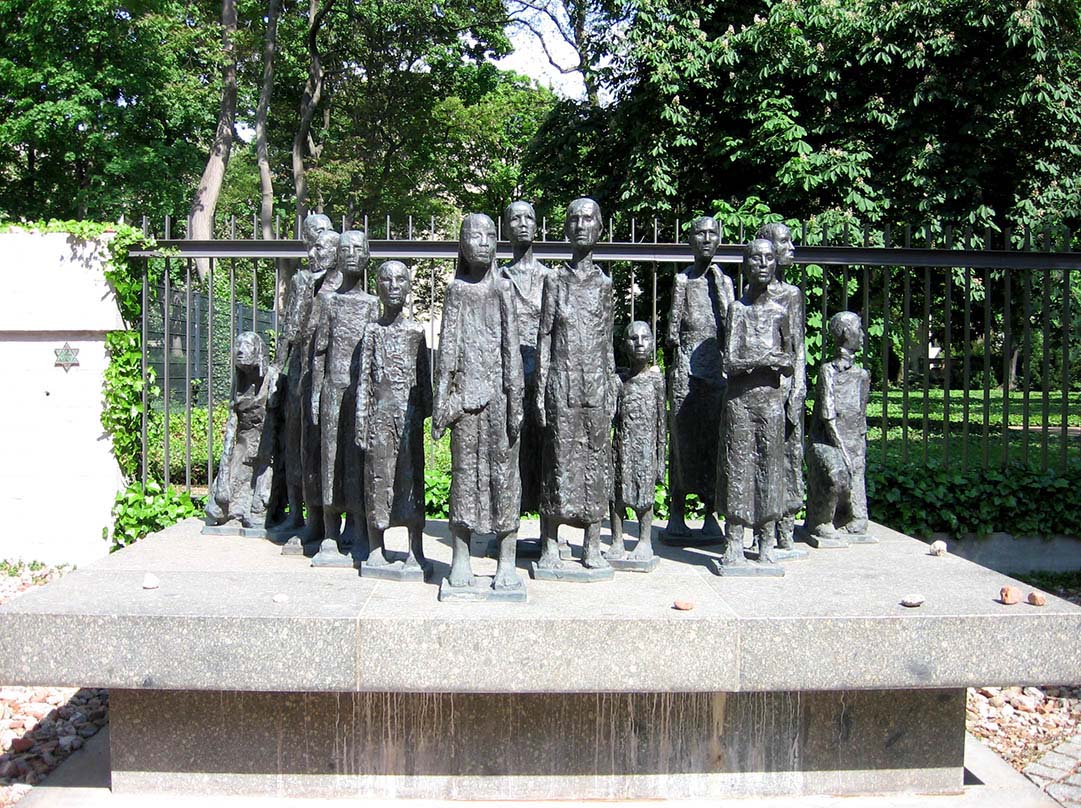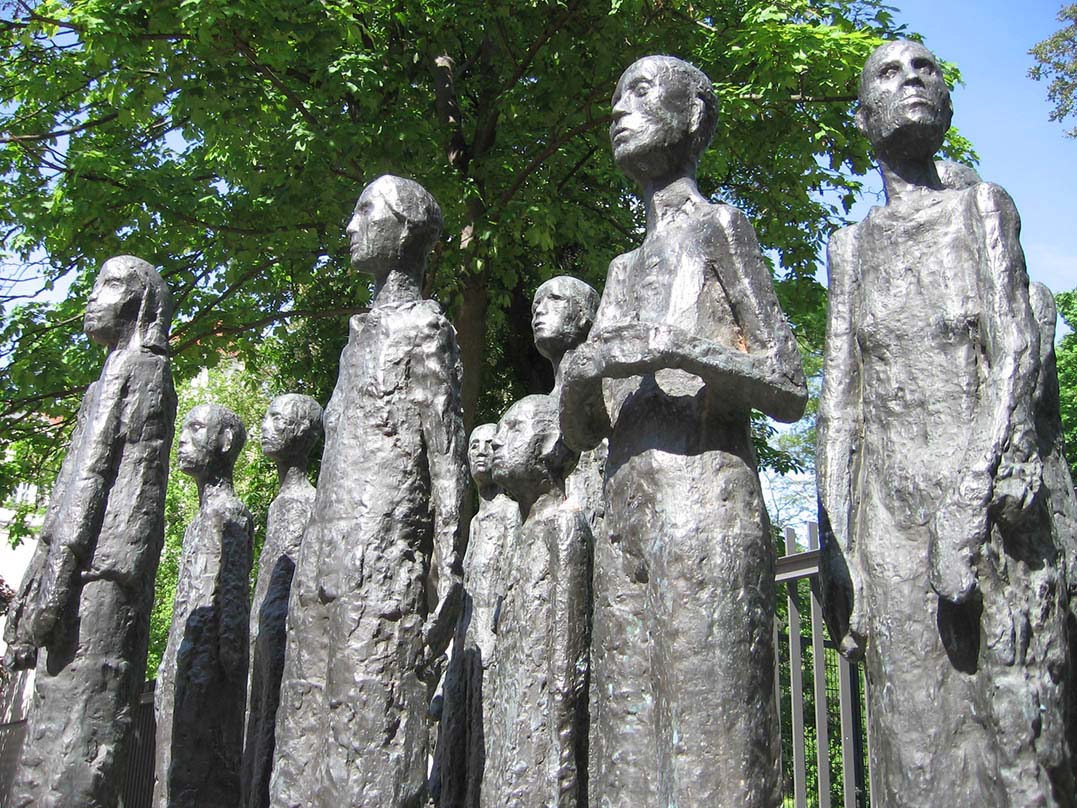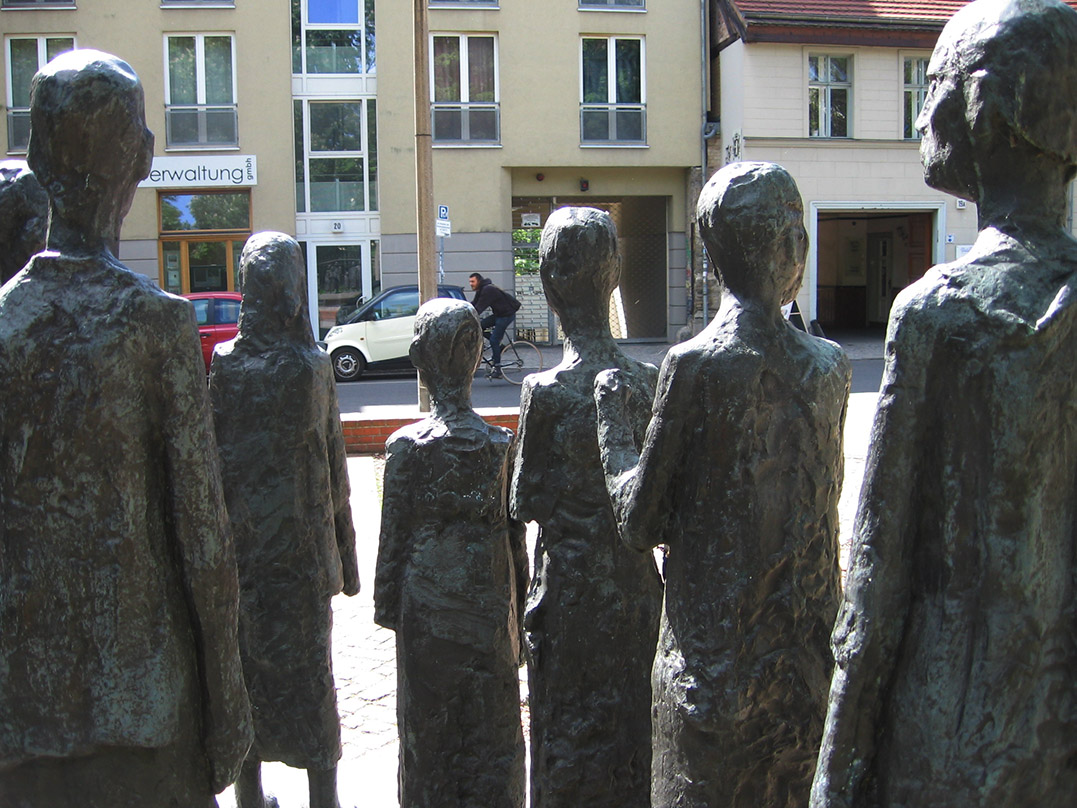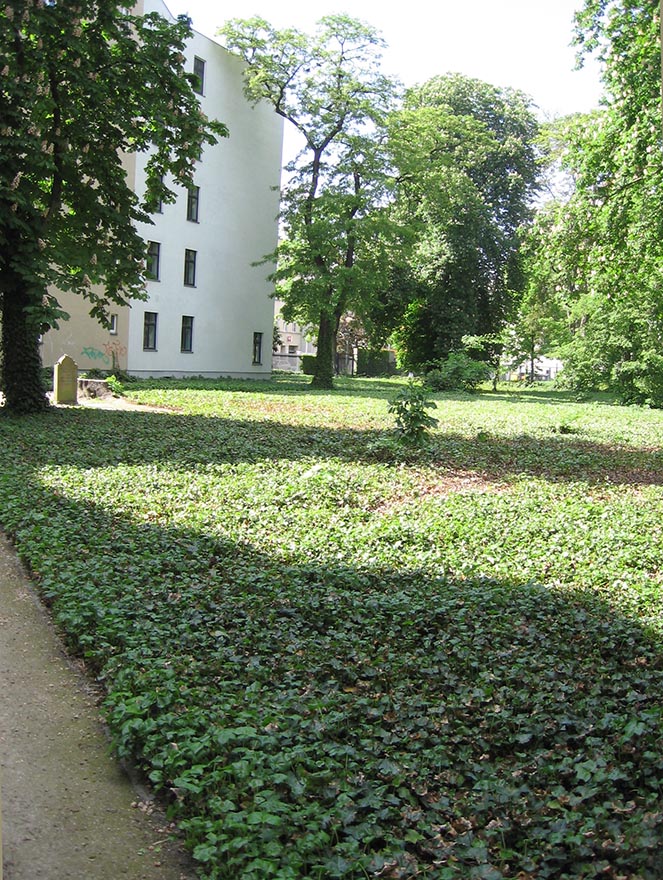

“Discover truth, love beauty, seek goodness, do the best one can,” (“Nach Wahrheit forschen, Schönheit lieben, Gutes wollen, das Beste tun”) is a quote by Moses Mendelssohn, the celebrated 18th century German philosopher. It hangs on a plaque outside a Jewish school in Mitte.
Next to the school – whose earlier incarnation Mendelssohn had had a hand in initiating – is a graveyard where he is buried. His is the only tombstone standing in it. It is not the original tombstone either.
Outside the graveyard are 13 sculpted figures. They were not from the outset meant for this location. But they are a powerful commemoration of what happened here.
Grandfather to the composers Felix and Fanny, Mendelssohn was already celebrated as the ‘German Socrates’ when he turned his mind to religion.
He spent the last part of his life working towards the greater integration of German Jews with German culture and language, thus earning further fame as the father of Reform Judaism. He worked also towards greater acceptance of Jews in society.
Among other things, his was the invisible hand in the setting up of the first modern public school for Jewish boys in Berlin in 1778. From the start, it was open to gentiles too and today, about 40 percent of its students are from other faiths.
Mendelssohn died in 1786 and was buried in the oldest existing Jewish graveyard in the city: the Friedhof Große Hamburger Strasse. About two decades after his death, the 155-year-old cemetery was closed. Around 3,000 Jews were buried there.
Soon after, a retirement home for Jews was built in front of it and the cemetery was used by the home’s 120 residents as a park and by the school for nature lessons and as a school garden.
When the Nazis came into power, everything changed. In 1942, the Gestapo closed both the school and the retirement home, confiscated them and turned them into Judenlager, internment centres for Jews who were to be deported. A total of 55,000 Berlin Jews were sent from there to the Theresienstadt and Auschwitz concentration camps.
The Nazis also destroyed the cemetery, digging up remains and using the gravestones to reinforce the walls of the air raid shelters built on the grounds.
In 1945, with Berlin heavily attacked, the grounds became a cemetery once more. About 3,000 victims of Allied bombs were buried there, a third of whom remain unidentified.
After the war ended, the cemetery was handed back to the Berlin Jewish community. The school was returned only after the Fall of the Wall and re-opened as a Jewish school in 1993. In 2012, it was renamed after Moses Mendelssohn. Today, both the cemetery and the school come under the Jüdische Gemeinde zu Berlin (Jewish Community of Berlin), a public corporation.
Meanwhile, in 1985, a memorial of sculptures was set up in the empty square where the retirement home used to stand.
We were shown the site one night by our friend Fritz, en route to our welcome dinner to which he was treating us at a traditional German restaurant. It was our first week in the city and one of our first forays into Mitte.
It was very quiet and I could hardly make out the figures in the dim street light. The cemetery was in absolute darkness. But I noted the stones placed as respect on the installation and felt the deep sadness of the place.
It wasn’t till three-and-a-half years later that we sought out this site again and got the chance to look at it closely in daylight. An online search revealed that the sculptures were crafted by Will Lammert, an artist who was persecuted by the Nazis for producing artwork they deemed entartete Kunst (degenerate art). He was also married to a Jew.
Forced to leave Germany in 1933, Lammert exiled himself for 18 years. But he finally returned to his homeland, and three years later, was commissioned to produce artwork for the memorial at the Ravensbrück concentration camp north of Berlin.
He died before he could complete the work.
But the figures he sculpted that were to appear at the foot of the camp’s key memorial statue, became in 1985, the memorial to the Hamburger Strasse site. Because the Ravensbrück camp housed women (although there was a small men’s camp too), Lammert’s statues are female. His Mitte installation is simply called Jüdische Opfer des Faschismus (Jewish Victims of Fascism).
Underfoot, the layout of the retirement home is set in red brick. And behind, the cemetery honours its departed in the single tombstone of the philosopher who had urged everyone to strive for all the good in the world and all the best in the self. ω
» The Wikipedia entry on the Jüdischer Friedhof Berlin-Mitte (German only).
» The website of the Jüdisches Gymnasium Moses Mendelssohn (Moses Mendelssohn Jewish Secondary School) (German only).
» The Wikipedia entry on Moses Mendelssohn.
Photo Gallery




















Experienced: 07.05.2008 || Recounted: 16.05.2014
If you see this after your page is loaded completely, leafletJS files are missing.



